
tayloria-handel.jpg from: https://www.anbg.gov.au/bryophyte/photos-captions/tayloria-handel-specimen.html
Tayloria delavayi: The Fascinating Moss of the Splachnaceae Family
Introduction
Tayloria delavayi (Besch.) Besch., commonly known as Tayloria moss, is a captivating species of moss belonging to the Splachnaceae family. This tiny but mighty plant plays important ecological roles and boasts unique adaptations that make it stand out in the world of bryophytes. In this blog post, we’ll dive into the fascinating details of Tayloria delavayi and explore what makes it so special.
Background
Mosses are small, non-vascular plants that belong to the division Bryophyta. They lack true roots, stems, and leaves, instead having simple structures that perform similar functions. Mosses reproduce via spores rather than seeds and are found in a wide range of habitats worldwide. The Splachnaceae family, to which Tayloria delavayi belongs, is known for its unique adaptations to growing on animal dung and carcasses.
Morphology and Identification
Tayloria delavayi is a small, acrocarpous moss, meaning it produces sporophytes at the tips of its stems. Its leaves are oblong-lanceolate and have a distinct border of elongated cells. The most striking feature of T. delavayi is its brightly colored, barrel-shaped capsule which sits atop a tall seta (stalk). The capsule’s vibrant colors, ranging from yellow to red, attract insects that aid in spore dispersal.

7504731f6f53aff2d46658adfdfcaf6e.jpg from: https://www.pinterest.co.uk/pin/thalictrum-delavayi-album–534732155762044930/
Global Distribution and Habitat
Tayloria delavayi is found primarily in Asia, with records from China, India, Nepal, and Bhutan. It typically grows at high elevations in mountainous regions, often on dung or decaying organic matter. This specific habitat preference is an adaptation shared by many members of the Splachnaceae family.
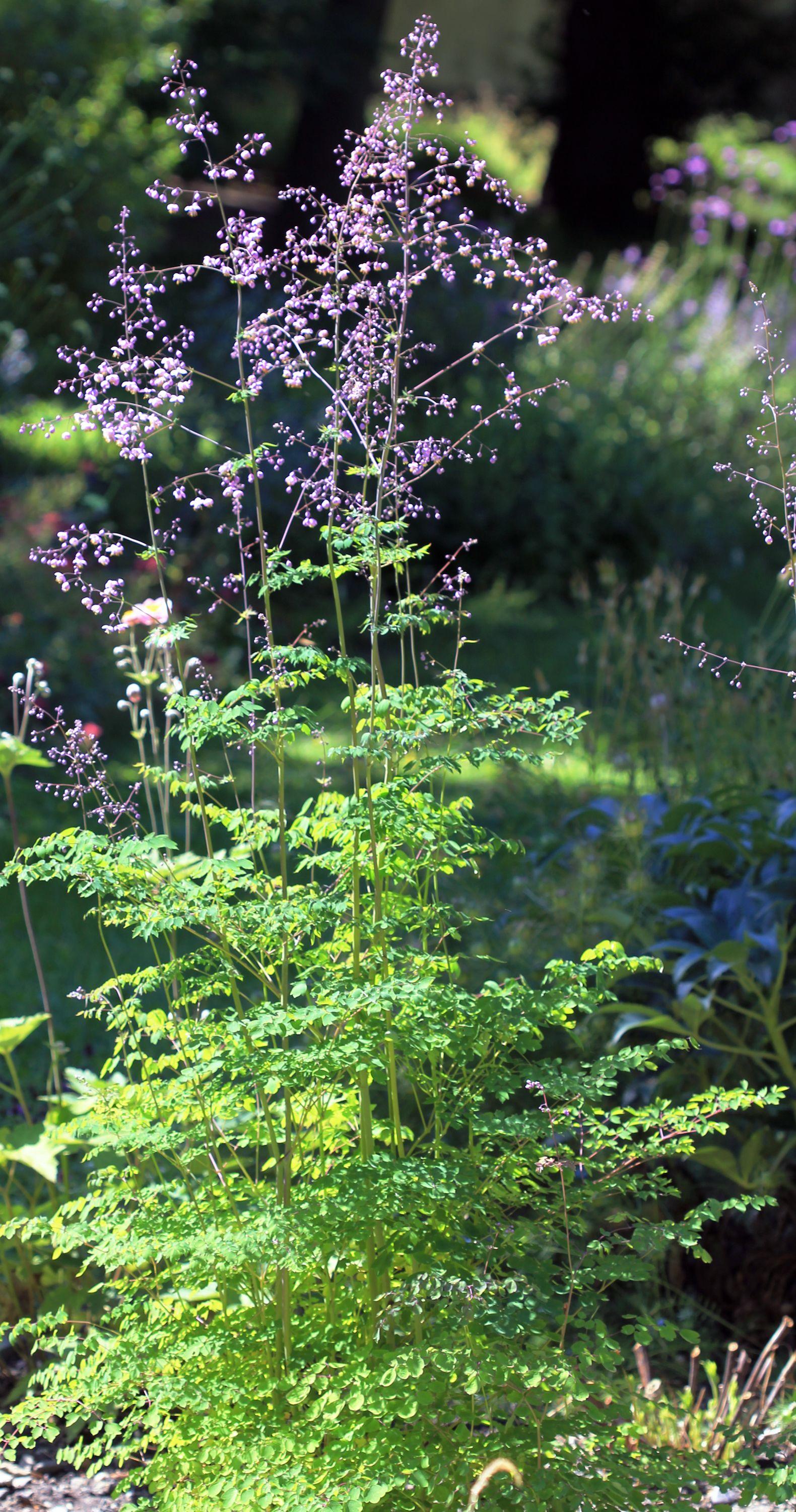
e13f570887a80a1487993e0495192025.jpg from: https://www.pinterest.com/pin/565412928213360194/
Ecological Roles and Adaptations
As a coprophilous (dung-loving) moss, Tayloria delavayi plays a crucial role in nutrient cycling within its ecosystem. By colonizing animal droppings, it helps break down organic matter and releases nutrients back into the soil. The moss’s brightly colored capsules are an adaptation to attract insects, which inadvertently disperse the spores to new locations. This mutualistic relationship ensures the moss’s successful reproduction and spread.
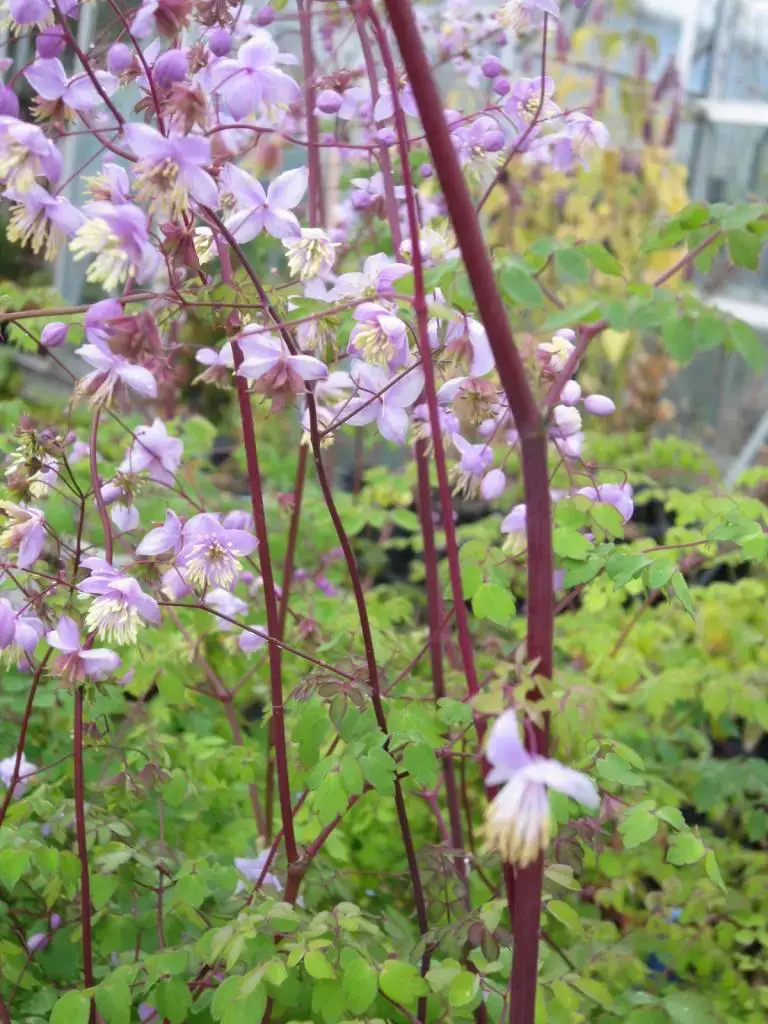
IMG_1406-e1408638371104-768×1024.jpg from: http://ccplants.co.uk/product/thalictrum-delavayi-agm/
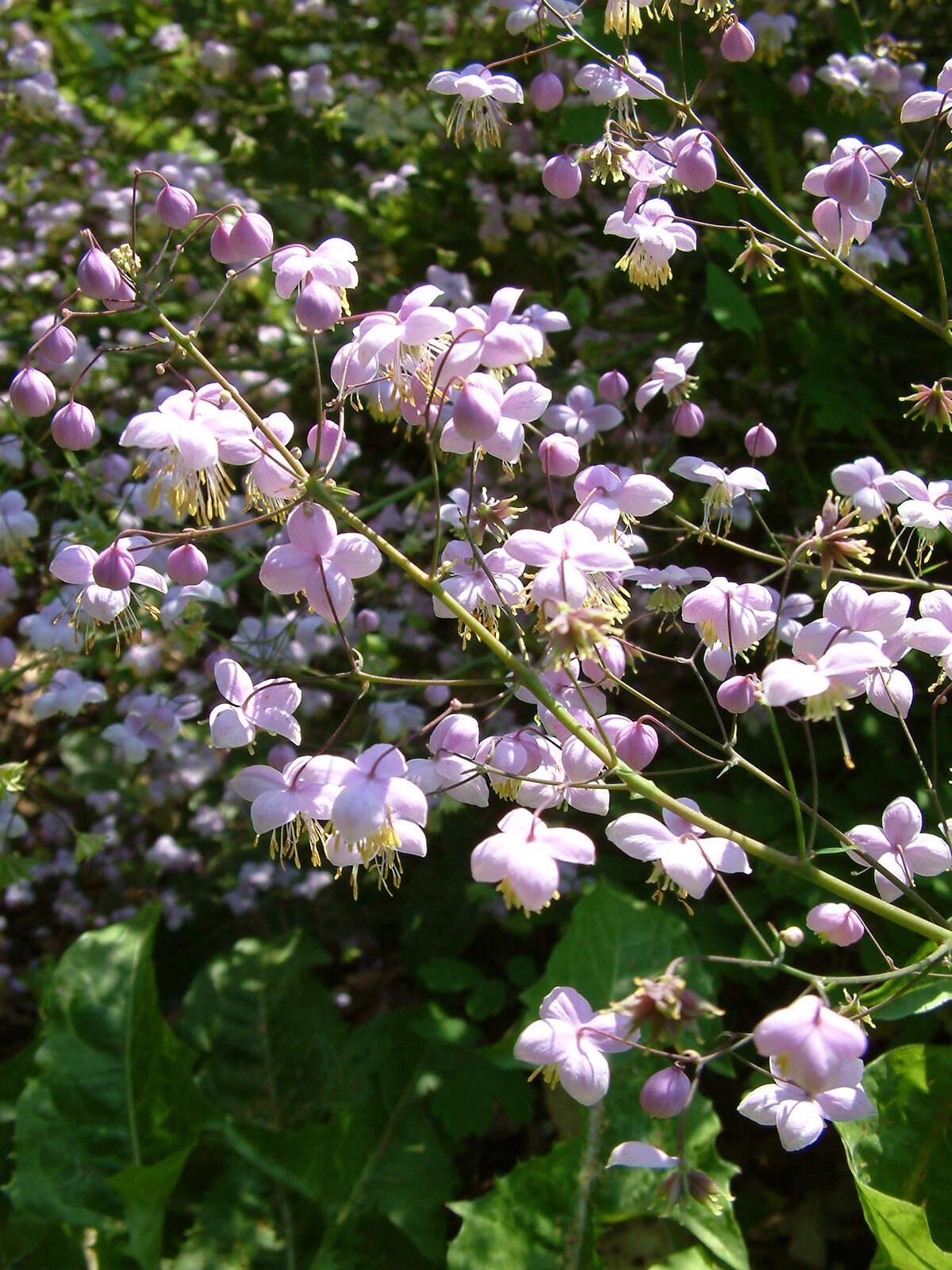
1456313187_1799.jpg from: https://www.bethchatto.co.uk/plants-for-shade-conditions/thalictrum-delavayi.htm
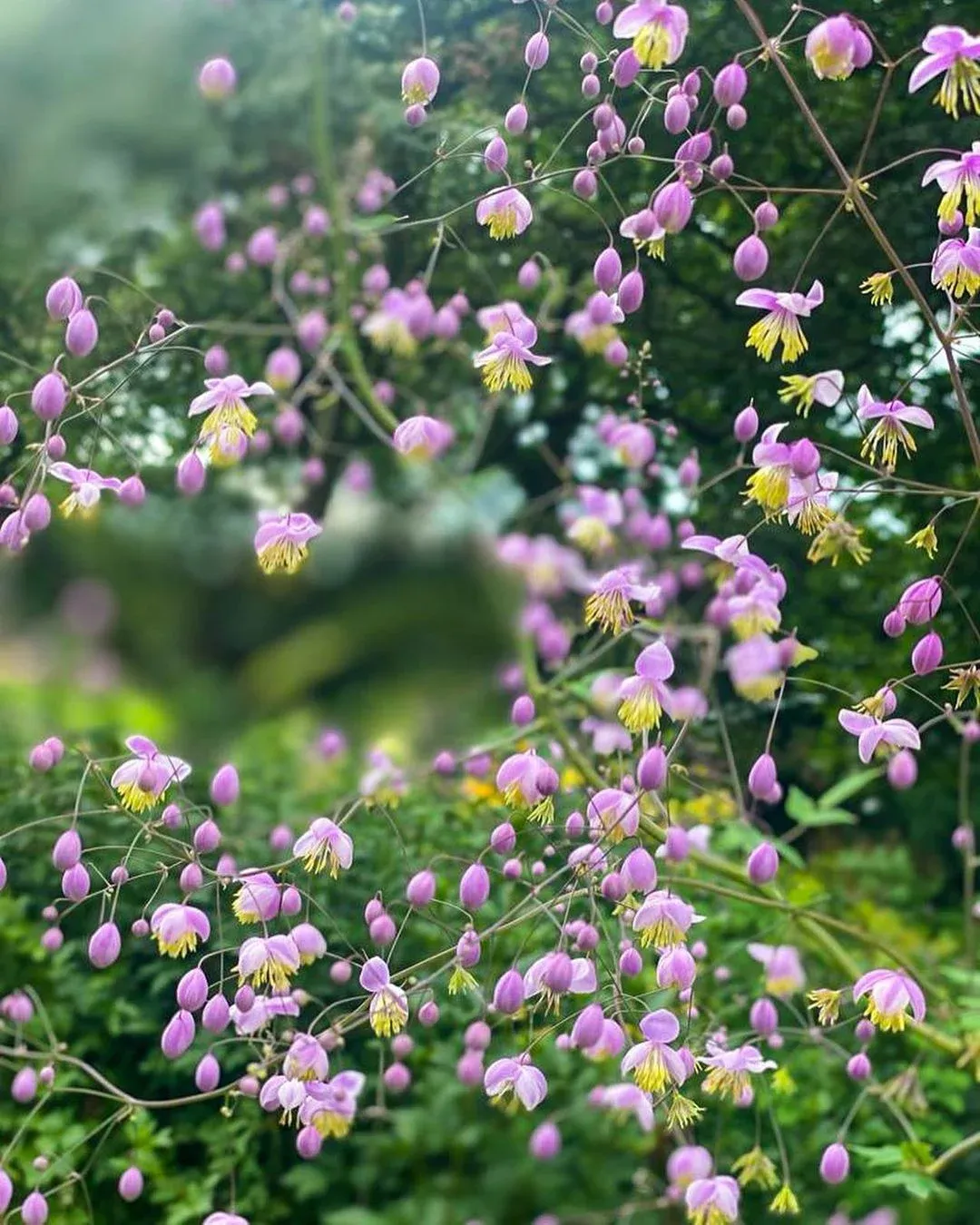
221394000_290381992856924_7562913511248410705_n.jpg from: https://international-tree-broker.de/thalictrum-delavayi/
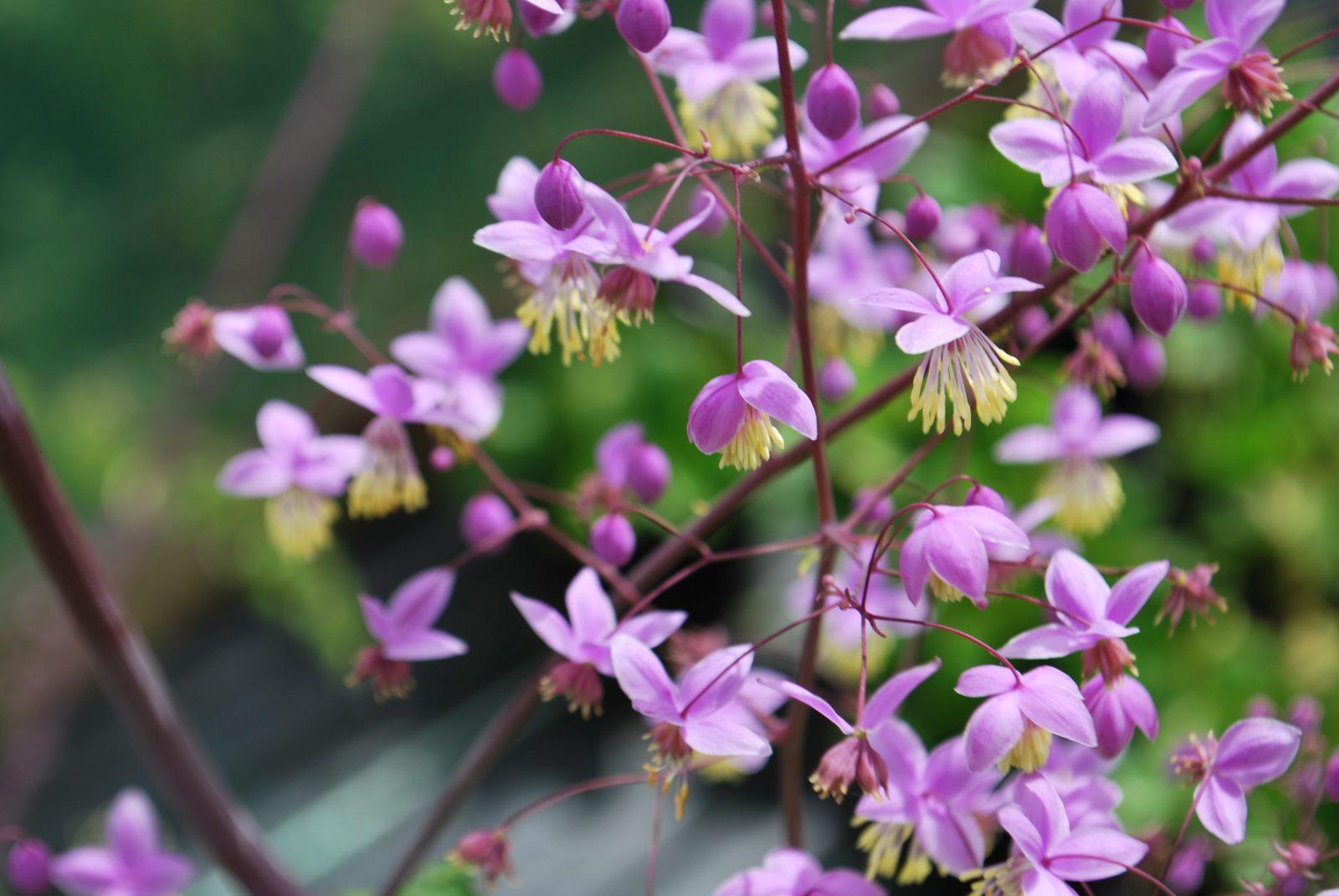
THALICTRUMDELAVEYII.jpg from: https://emeraldplants.co.uk/product/thalictrum-delavayi/
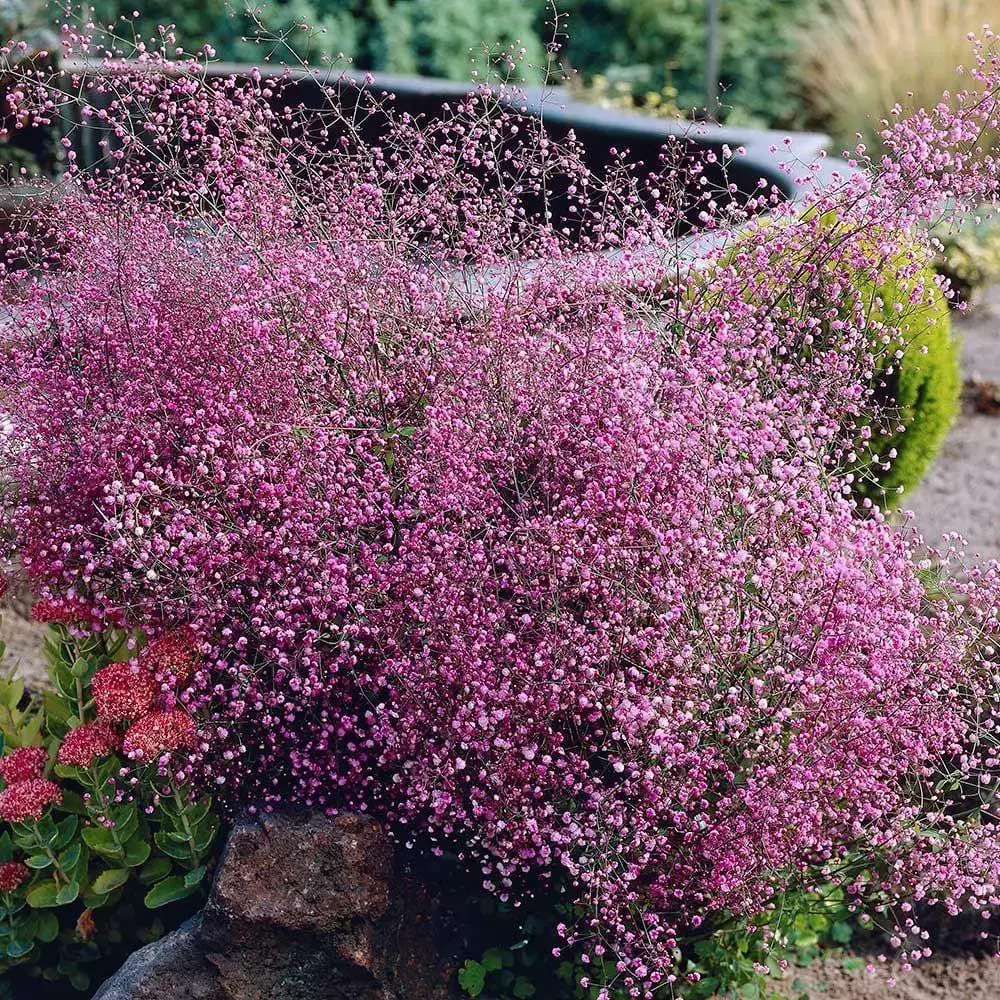
21987.Jpg from: https://www.whiteflowerfarm.com/thalictrum-delavayi-hewitts-double
| Characteristic | Description |
|---|---|
| Family | Splachnaceae |
| Genus | Tayloria |
| Species | T. delavayi |
| Growth Form | Acrocarpous |
| Leaf Shape | Oblong-lanceolate |
| Capsule Shape | Barrel-shaped |
| Capsule Color | Yellow to red |
| Habitat | Dung, decaying organic matter |
| Distribution | Asia (China, India, Nepal, Bhutan) |
Conclusion
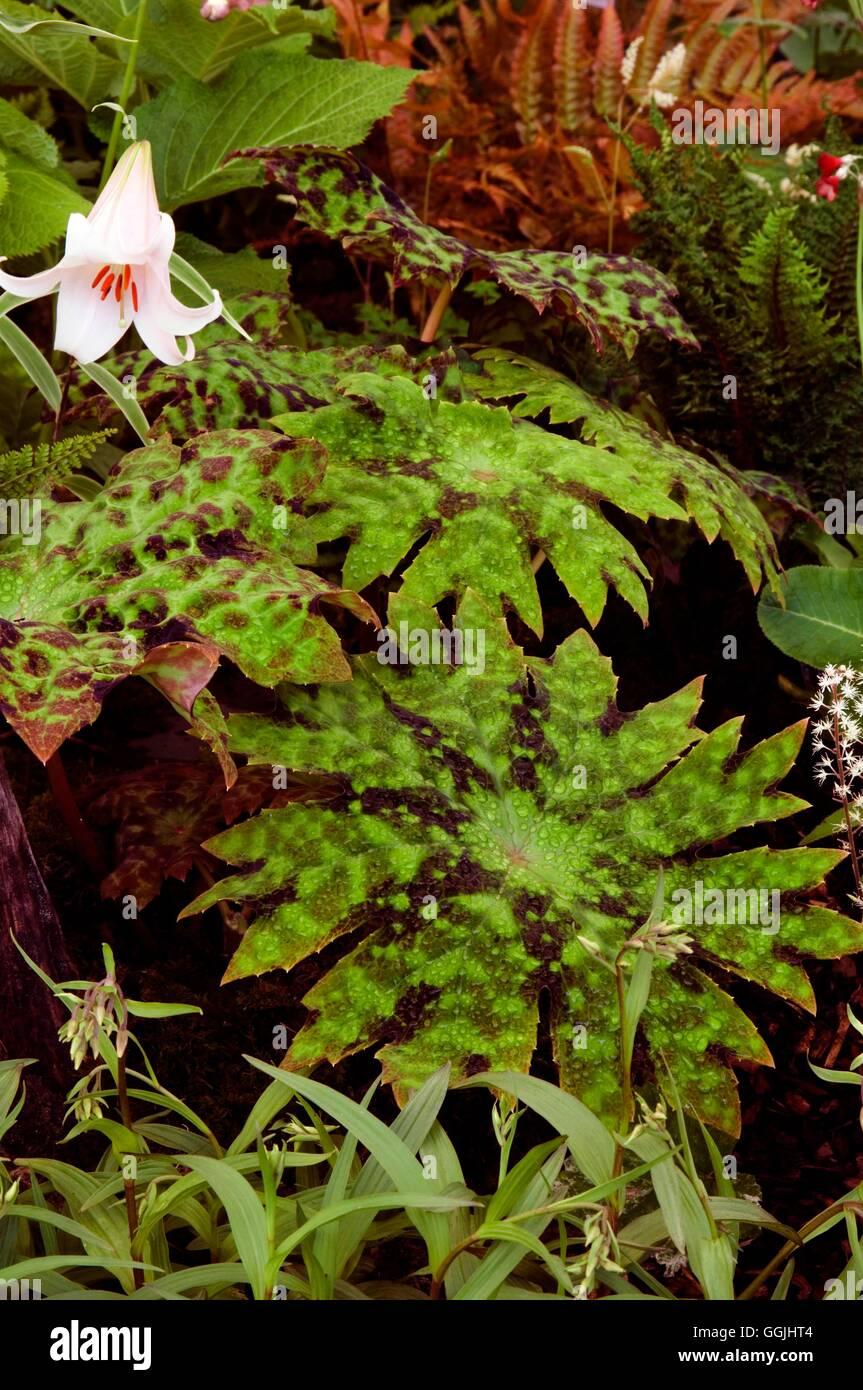
podophyllum-delavayi-miw253369-GGJHT4.jpg from: https://www.alamy.com/stock-photo-podophyllum-delavayi-miw253369-113505844.html
Tayloria delavayi may be small, but it is a fascinating example of the incredible adaptations and ecological roles of mosses. Its unique morphology, habitat preferences, and reproductive strategies make it a captivating subject for bryologists and nature enthusiasts alike. The next time you find yourself in the high mountains of Asia, keep an eye out for this vibrant little moss and take a moment to appreciate the complexity and beauty of the natural world. Who knows what other secrets these tiny plants hold?
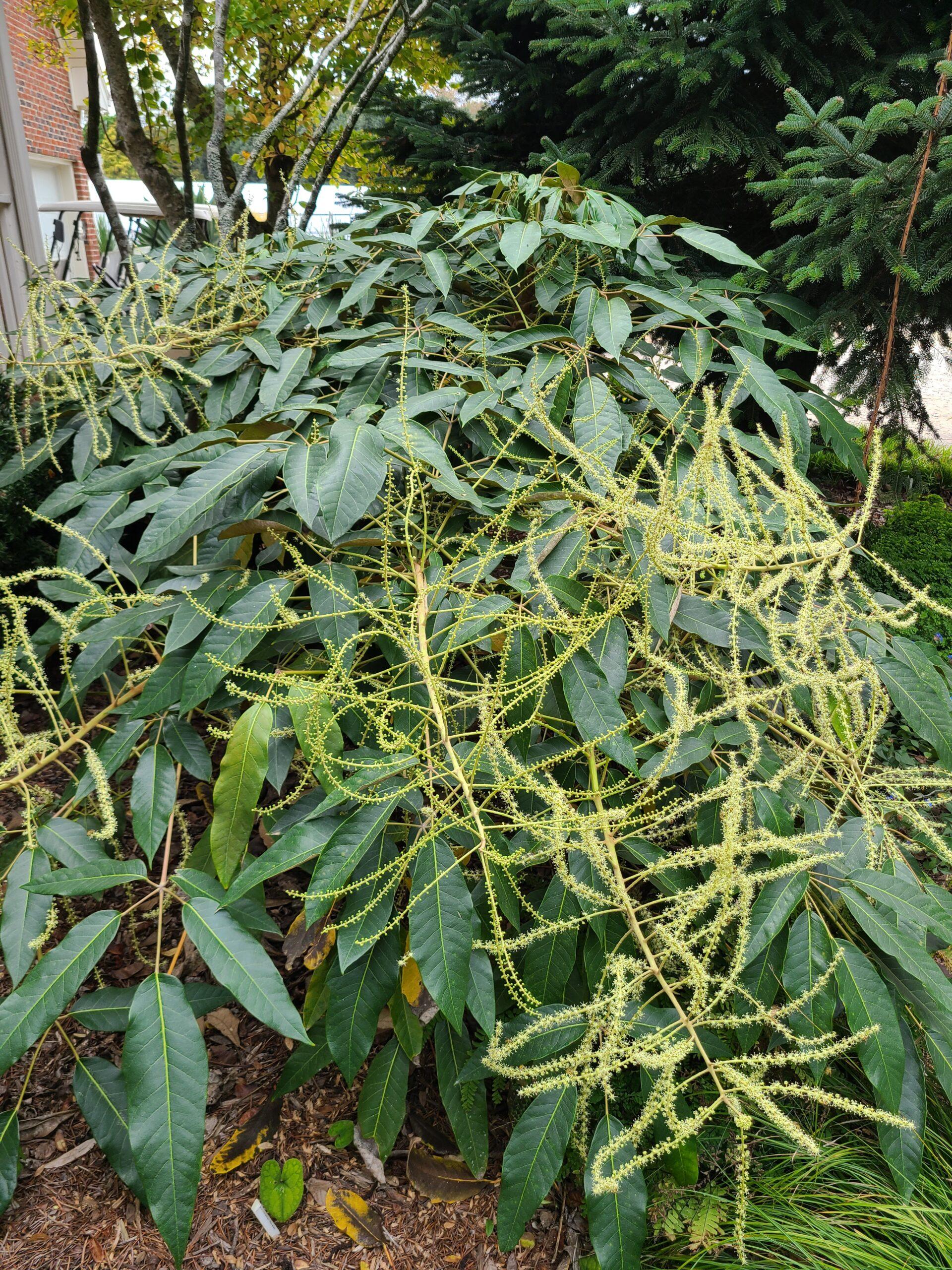
Schefflera-delavayi-in-flower2-scaled.jpg from: https://blog.jlbg.org/delavayis-schefflera/